
Technology is constantly evolving and changing, faster than we can ever guess. There is no doubt that taking advantage of innovation and having the best tools in place can make companies more productive, secure and agile. But it only happens when they have the right network systems sustaining them. Structured cabling is a perfect example. A complete system of cabling and associated hardware that provides a comprehensive telecommunications infrastructure, integrating the voice, data, video, and various management systems of a building/campus.
Structured cabling supports the performance of an organization’s cabling system or network, functioning as the glue that binds all devices used within the business together – ensuring a reliable and versatile solution to a wide range of communication requirements.
The advantages are clear: it helps organize the infrastructure, ensures highly reliable and cost-effective networks and streamlines the accommodation of new hardware in the future while backing the increasing amount of data businesses need to keep going each and every day.
So it’s definitely a must-go if you are a telecom buyer willing to build innovative and secure networks and provide an excellent service to your customers.
Structured cabling: what’s there in the future?
We know that there is no crystal ball to predict the future, but as far as we can see, data will never stop rising and information transfer will continue to consist of both low-speed and high-speed requirements. And the two major requirements for any cabling system to be the system of choice are its performance, scalability and cost. These are the most commonly used:
Fiber Optic Cables: A fiber optic cable is a network cable that contains strands of glass fibers inside an insulated casing. They’re designed for long-distance, high-performance data networking, and telecommunications. Compared to wired cables, fiber optic cables provide higher bandwidth and transmit data over longer distances.
Twisted Pair Cables: Twisted-pair cable is a type of cabling that is used for telephone communications and most modern Ethernet networks. A pair of wires forms a circuit that can transmit data. The pairs are twisted to provide protection against crosstalk, the noise generated by adjacent pairs.
Coaxial Cables: Coaxial cable is an electrical cable that transmits radio frequency (RF) signals from one point to another, being used to connect satellite antenna facilities to homes and businesses thanks to their durability and ease of installation.
Despite the rise of wireless technology, structured cabling systems continue to witness high demand as the connective tissue that brings modern networks to the future, not only fast but securely. According to Fact.MR analysis, the exponentially growing IT & telecommunication industry is projected to further fuel structured cabling sales over the coming years. Are you leveraging them in your projects?
How structured cabling is benefitting from rising demand from IoT?
Structured cabling is widely used in Internet of Things (IoT) in the industrial and commercial sectors. With the fast-paced growth of both these sectors, manufactures are witnessing a surge in demand for structured cabling. According to the International Data Corporation’s (IDC’s) Worldwide Internet of Things Spending Guide, Europe is responsible for 23% of global IoT spending, which is expected to grow steadily to reach €891 billion in 2022. As the industrial sector is expanding fast, demand for IoT-based structured cabling is skyrocketing, creating ample opportunities.
How is the proliferation of data centers boosting demand for structured cabling?
While the rapid growth of the data center industry is fueling sales of structured cabling, the emergence of modular data centers is further stimulating utilization of superior networking capabilities provided by structured cabling. According to the European Commission, a flurry of smart data center projects have taken place in recent years, such as FIT4Green, GAMES, CoolEmAll, and others.
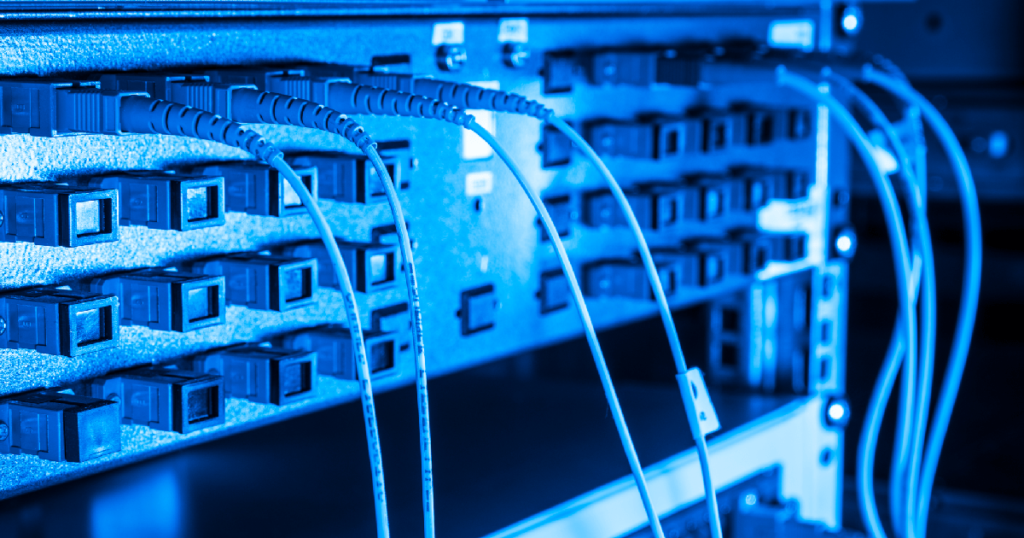
Where to look for this kind of solutions?
Well, there is one centralized place opened 24/7 where you can find the equipment you need for your structured cabling projects while saving time, money and having a safe shop experience: Twoosk. It gathers products of some of the most important suppliers in this area such as Cablescom, Canovate, CommScope and Huber+Suhner:
Cablescom – Cables de Comunicaciones is one of the main European companies dedicated to the design, manufacturing and sales of copper and fiber-optic telecommunications and signalling cables.
Canovate – Canovate Electronics is a leading provider of IT and telecom infrastructure technologies. As an end-to-end systems manufacturer, Canovate Electronics provides and manufactures innovative, environmentally friendly, sustainable solutions.
CommScope – CommScope pushes the boundaries of communications technology to create the world’s most advanced networks. Their solutions are redefining connectivity, solving today’s challenges and driving the innovation that will meet the needs of what’s next.
Huber+Suhner – Huber+Suhner offers its customers around the globe outstanding products and services for their electrical and optical connectivity needs. They focus on the three main markets of industrial, communication and transportation which are addressed with applications from the three technologies radio frequency, fiber optics and low frequency.
Now it’s time for action! Discover why to buy there and talk to us if you have any questions.
Related articles: Fiber optic products manufacturers in Europe you should definitely know


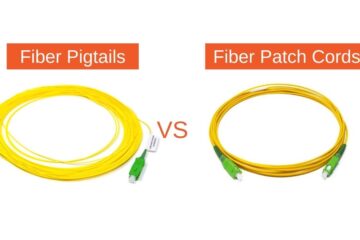


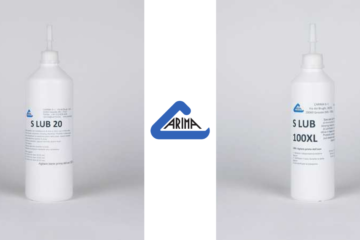

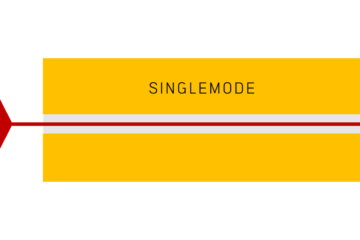
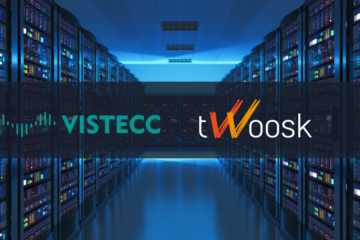
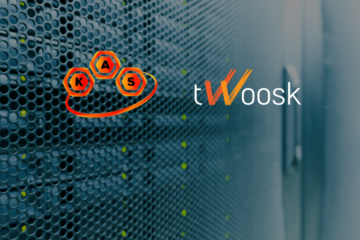
Thanks for pointing out that it’s usually data centers that need good structured cabling systems. I’d like to know more about that kind of services because my friends and I are interested in opening a game development company someday. Later down the line, we might need more servers to work with for data analytics once our first game has been launched.
A structured cabling system makes it much easier to track mistakes and rectify them. Centralizing your system in this way also makes it easier to deal with future movement, changes, and expansions.
Thanks for the insight!
I love that you point out that data will continue to grow in usage and protecting that information is important. My brother owns a business and as it grows he’s realizing he needs more organized and structured cabling to avoid anything getting unplugged and ruining saved data. we’ll have to look into finding some commercial electricians with experience in this so my brother can feel better about his company’s organization.
Thank you for explaining that network cabling services ensure highly reliable and cost-effective networks. My friend wants to have a reliable network. I should advise him to hire a network cabling service to ensure proper installation.